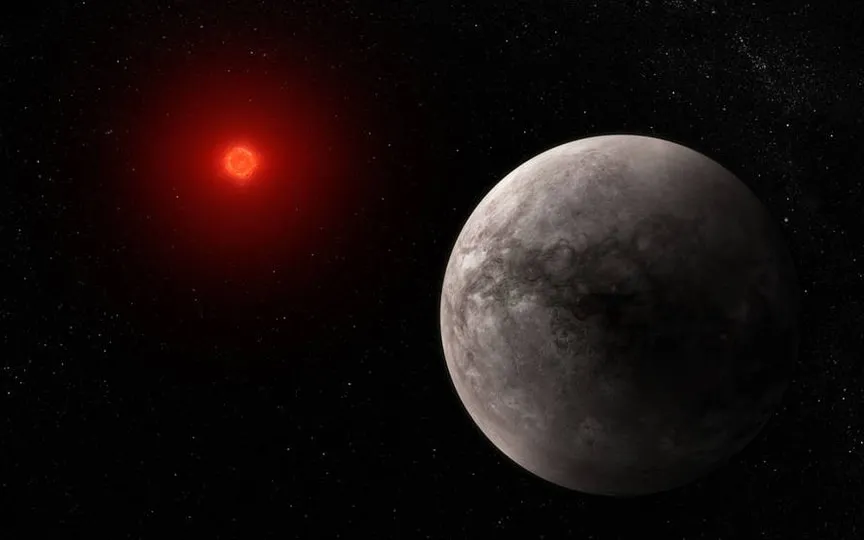Astronomers Discover Coldest Star with Radio Emissions
According to Astrophysical Journal Letters, a brown dwarf star named WISE J0623, situated approximately 37 light-years away from Earth in the Monoceros constellation, has been found to emit radio waves.
A brown dwarf is too small to be an ordinary star and too large to be a planet. However, according to the discussion, the star is similar in size to the planet Jupiter, which has a stronger magnetic field than our Sun.
From the coolest radio star
According to the researchers, the temperature of WISE J0623 is 700 Kelvin (or 420 degrees Celsius). Using Australia’s SKA Pathfinder radio telescope, the team discovered “a high-motion, very cool Dwarf. The brown dwarf star is rare due to its size and low brightness, but it was located in Inyarrimanha Ilgari at the Bundara CSIRO Murchison Radio Astronomy Observatory in Western Australia, where the telescope is located. The telescope has 36 antennas, each of which is 39 feet in diameter.
How did scientists discover a radio star?
The researchers found the radio star among three million radio sources. They used “circularly polarized radio emission” from their previous study to locate the brown dwarf. During the study, they focused on the fact that stars and pulsars are the only astronomical objects identified as significant emitters of circularly polarized light, leading to WISE J0623.
Through radio analysis, WISE J0623 has been recognized as the coolest brown dwarf ever observed, exhibiting a unique phenomenon of persistent radio emission. Using the same search technique, scientists can also find even cooler brown dwarfs in future studies.




